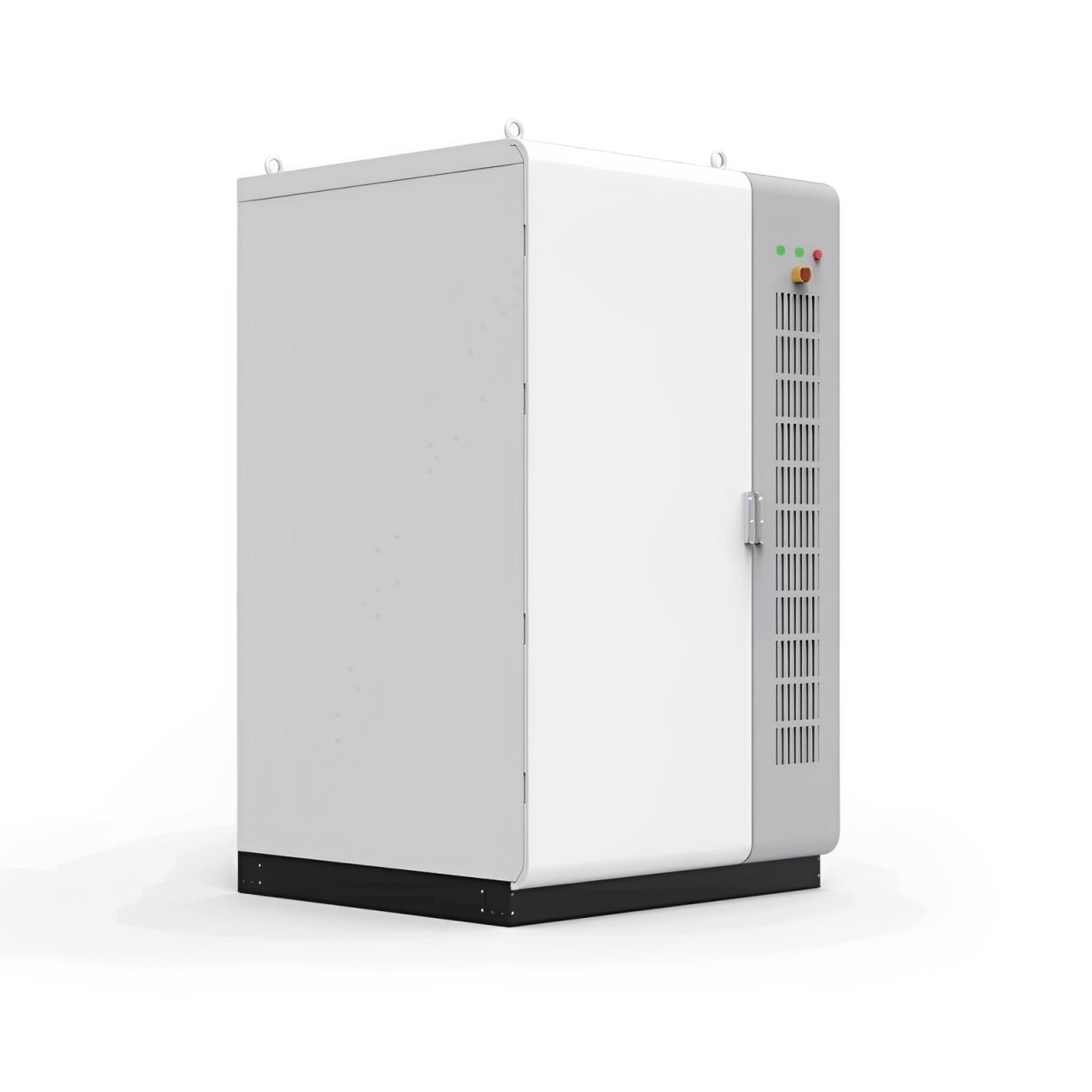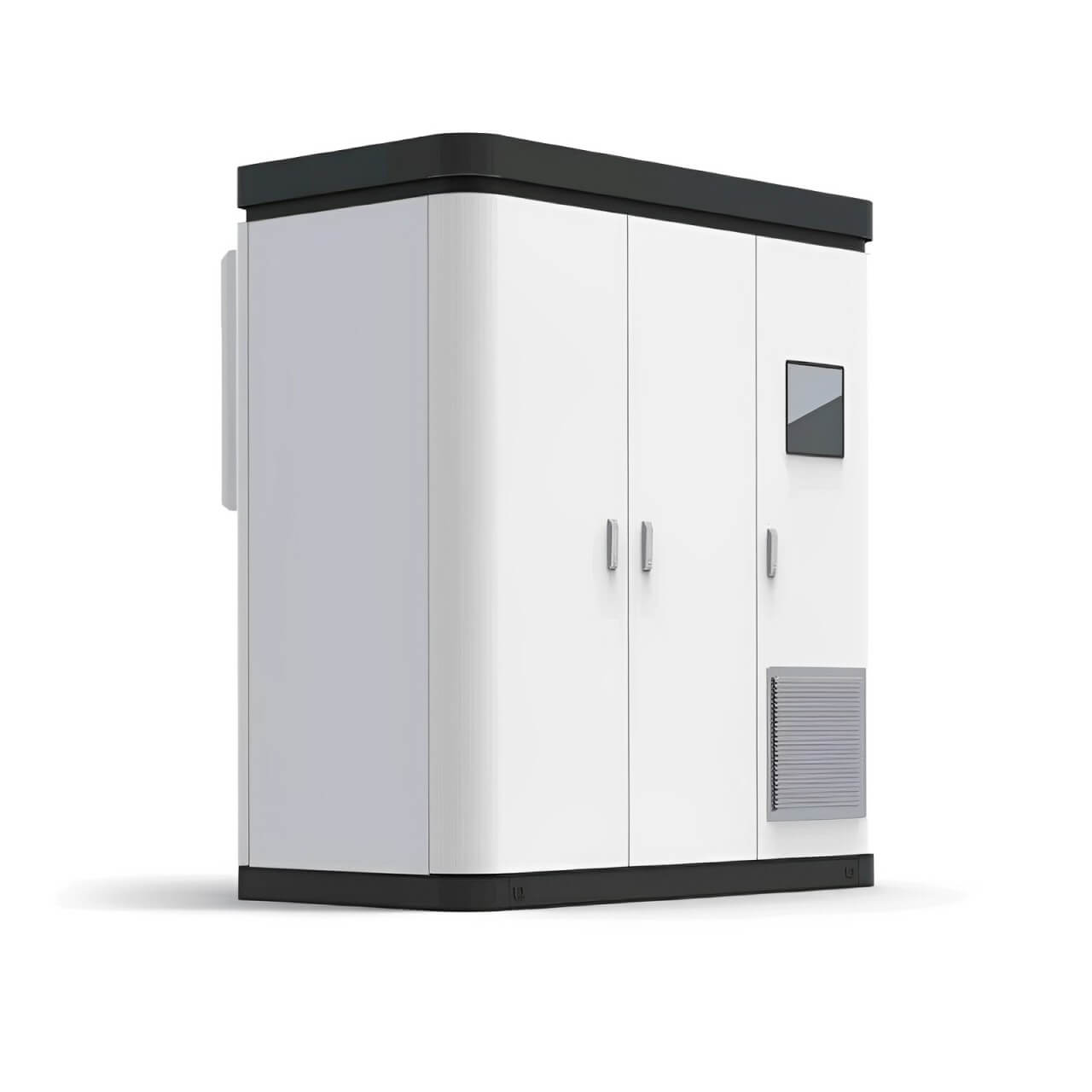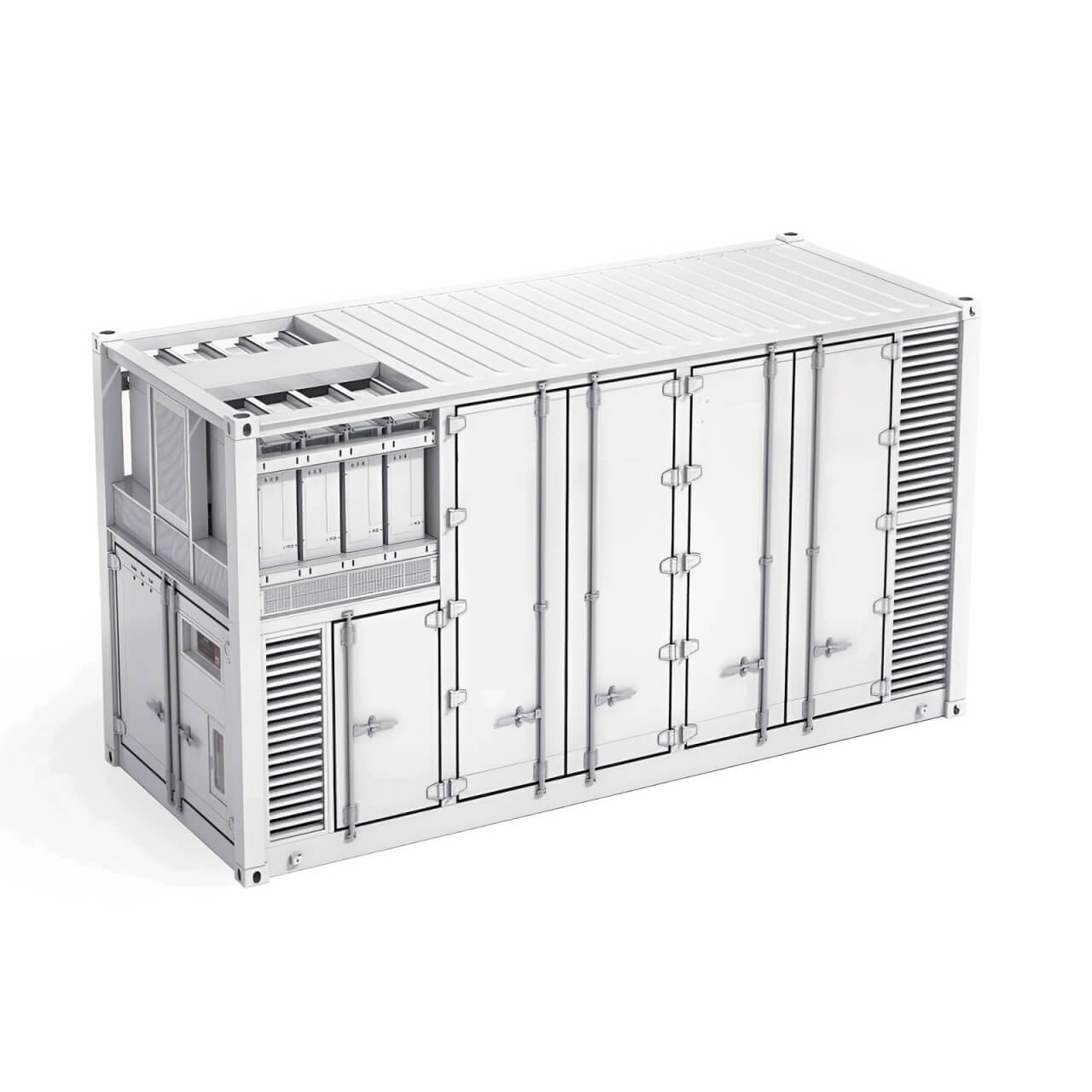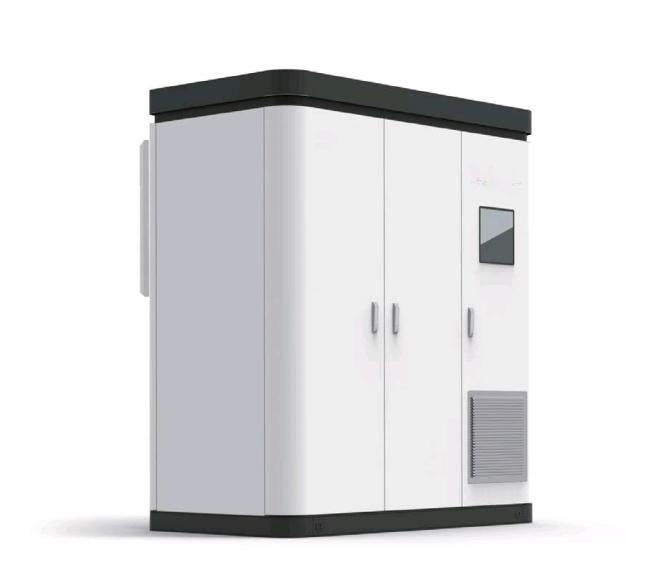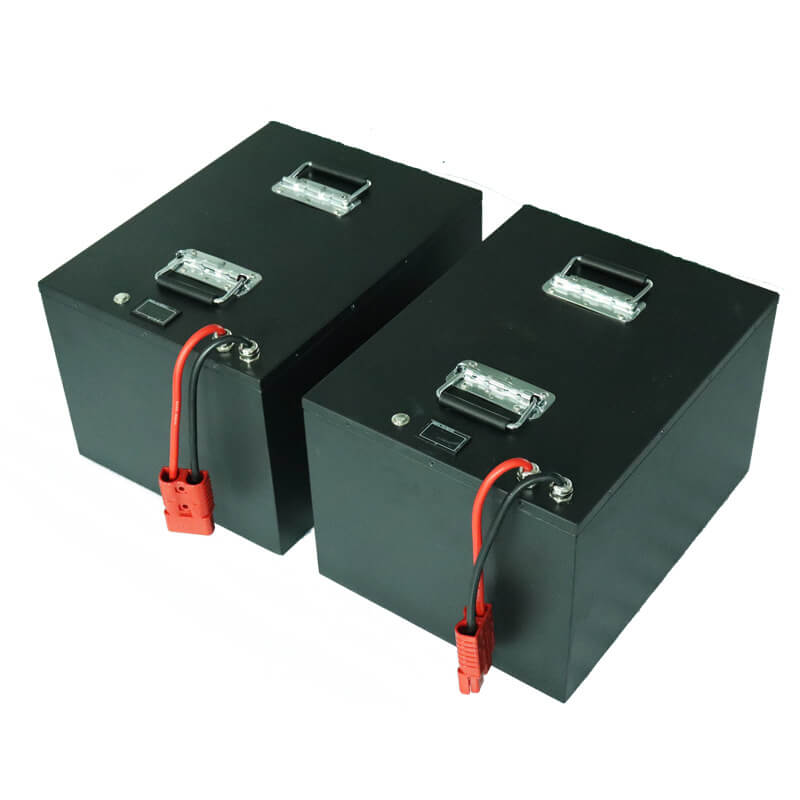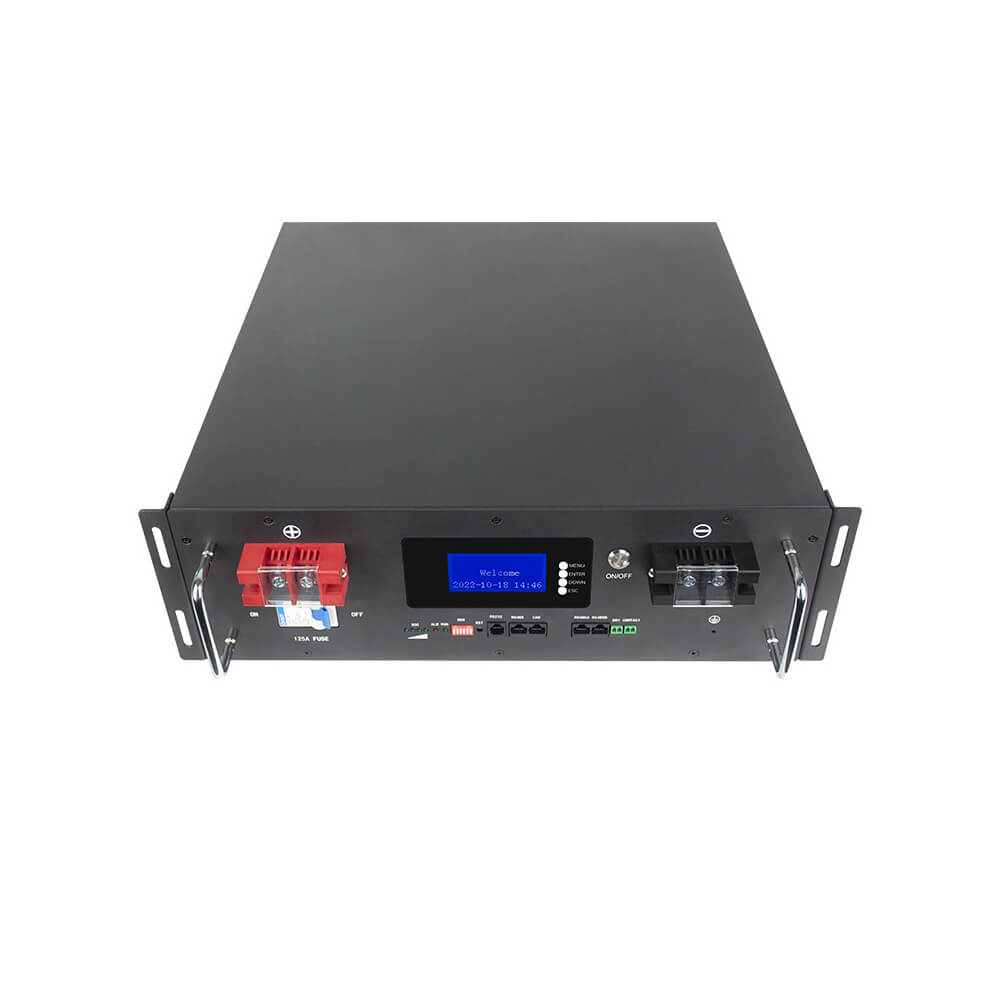Introduction to lithium-ion battery;What is a lithium-ion battery?
A lithium-ion battery is a rechargeable battery that charges and discharges when lithium ions move between the positive and negative electrodes.
They are used in electric vehicles, industrial batteries, smartphones and laptops. Compared to lead-acid batteries, the voltage is higher and the proportion of active material in the battery that can store energy is smaller, which helps make the battery smaller compared to batteries of the same energy.
A battery is a product that deteriorates due to repeated charging and discharging and eventually reaches the end of its useful life. Lithium-ion batteries are no exception, but they have been proven to have a longer life than other batteries in durability tests called cycle tests.
Lithium-ion battery applications
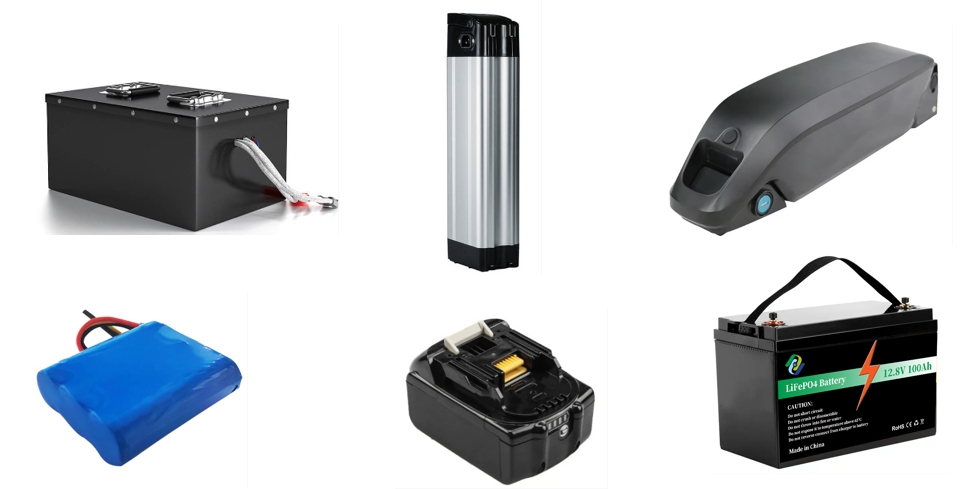
Typical applications for lithium-ion batteries include IT, automotive and energy.
Lithium-ion batteries have high energy density, making it possible to produce small, thin and high-capacity batteries. Applications such as mobile phones and laptops require smaller, lighter batteries, and lithium-ion batteries are widely used to meet these needs, with almost all products using lithium-ion batteries.
Taking advantage of their high electrical capacity, they are also used as medium- and large-sized batteries for electric vehicles (EVs) and energy storage systems.
Lithium-ion battery structure
A lithium-ion battery is similar to a typical storage battery, consisting of a cathode, an anode, and an electrolyte submerged within them.
The cathode and anode are separated by a membrane called a separator, which allows lithium ions to pass through but not electrons, and the gap between them is filled with electrolyte. During charging, lithium ions in the electrolyte move from the positive electrode to the negative electrode, creating a potential difference (voltage) between the negative electrode and the positive electrode, which can be connected to the required circuit to generate current (discharge).
During charging, lithium ions are transferred from the positive active material to the negative active material by applying an external voltage. After charging, lithium ions can move in the direction of discharge again, so the battery can be charged and discharged repeatedly.
Additional information about lithium-ion batteries
1. Electrode materials
The cathode active material is mainly lithium-based oxide, such as lithium cobalt oxide (LCO). The type of cathode active material greatly affects the performance of lithium-ion batteries.
Carbon-based materials such as artificial graphite, natural graphite, and hard carbon are the main active materials of the negative electrode. Less commonly used materials include silicon (Si) and tin (Sn) alloys and lithium oxides such as titanium (Ti) and niobium (Nb).
2. Lithium-ion battery discharge reaction equation
The reaction equation for lithium-ion battery discharge varies depending on the type of metal oxide and other factors, but an example is shown below. When charging, the reaction occurs in the opposite direction to when discharging, from right to left.
Cathode side reaction: Li(1-x)MO2 + xLi^(+) + xe^(-) → LiMO2
*M is a metal element. Anode side reaction: LixC → C + xLi^(+) + xe^(-) Reaction of the entire system: Li(1-x)MO2 + LixC → LiMO2 + C
3. Safety of lithium-ion batteries
Lithium-ion battery is abnormally hot
The electrolyte used in lithium-ion batteries is a highly flammable carbonate-based organic solvent. Therefore, if a lithium-ion battery fails and the temperature rises excessively, it may cause a fire or explosion.
Most abnormal heating is caused by a short circuit (short circuit) between electrodes. Short circuits between electrodes can be caused by a variety of factors, such as strong external impact and lithium metal precipitation (lithium dendrites) in the electrodes. Lithium-ion battery fire accidents may not only occur due to improper operation, but may also occur during normal use.
How to prevent lithium-ion battery fire accidents
Most fire accidents related to lithium-ion batteries are caused by misuse. Therefore, it is necessary to understand the correct handling of lithium-ion batteries to prevent fire accidents. Specific precautions are as follows.
When charging, be sure to use the charger specified by the manufacturer. If any abnormalities are found during charging, please stop using the battery immediately and consult the manufacturer or seller. If the lithium-ion battery swells or emits an odor, discontinue use and replace the battery. New one. In addition, do not forcefully remove or replace the lithium-ion battery. Some products are difficult to replace and this is not recommended.
It is also important to choose products that are safe and secure. Products that pass the safety standards set by the government are marked with the PSE mark, indicating safety.
China Sodium Times (Shenzhen) New Energy Technology Co., Ltd. (CSIT) is a high-tech enterprise integrating the research and development, production and sales of sodium-ion battery cell, battery pack and energy storage battery. The company headquearter is in Shhenzhen, and we have serval offices in other cities such as Dongguan, Shanghai, Ma'anshan, and Suzhou. Other than that, we have two factories located in Dongguan Guangdong and Ma'anshan, Shandong, which cover a total area of 6600 square meters, to place an annual output of 2.5Gwh battery cell manufacturing and 5Gh battery pack & energy stoarge products. If you hae any inquires, please send an email to sales01.csit@gmail.com

 简体中文
简体中文 Russian
Russian French
French German
German Japanese
Japanese Korean
Korean Arabic
Arabic Spanish
Spanish